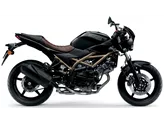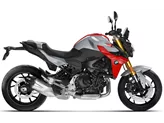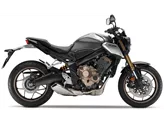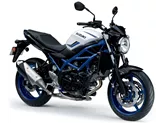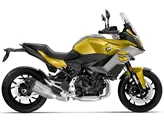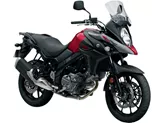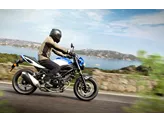BMW F 800 R 2009 vs. Suzuki SV 650 2017

BMW F 800 R 2009

Suzuki SV 650 2017
Overview - BMW F 800 R 2009 vs Suzuki SV 650 2017
The BMW F 800 R 2009 and the Suzuki SV 650 2017 are both naked bikes that offer unique features and performance capabilities.
Starting with the BMW F 800 R 2009, it is equipped with an in-line engine that delivers a power output of 87 HP and a torque of 86 Nm. The engine has 2 cylinders and a displacement of 798 ccm. The bike features double disk brakes with four pistons at the front, providing efficient braking power. It has a front and rear tire diameter of 17 inches, ensuring stability and control. The wheelbase measures 1520 mm, offering a comfortable riding experience. The seat height is 820 mm, suitable for riders of various heights. Additionally, the fuel tank capacity is 19 liters, allowing for longer rides without frequent refueling.
The Suzuki SV 650 2017, on the other hand, is equipped with a V-type engine that delivers a slightly lower power output of 76 HP and a torque of 64 Nm. The engine also has 2 cylinders, but with a smaller displacement of 645 ccm. The bike features double disk brakes with double pistons at the front, providing adequate braking power. It has the same front and rear tire diameter of 17 inches as the BMW F 800 R, ensuring stability and control. However, the wheelbase is slightly shorter at 1445 mm, which may affect stability at higher speeds. The seat height is also lower at 785 mm, which may be more suitable for shorter riders. The fuel tank capacity is 13.8 liters, which is slightly smaller than the BMW F 800 R, but still allows for decent range.

BMW F 800 R 2009
In terms of strengths, the BMW F 800 R 2009 offers high-quality components, a great engine, and the possibility for good equipment. The bike also has a positive chassis, providing a comfortable and stable ride. Additionally, it has low fuel consumption, allowing for longer rides without frequent refueling.
The Suzuki SV 650 2017, on the other hand, is praised for its smooth engine and playful handling. The bike also has a great chassis, ensuring stability and control in various riding conditions.

Suzuki SV 650 2017
However, the BMW F 800 R 2009 does have some weaknesses. It is considered to have a high price compared to other bikes in its class. Additionally, some riders may find the first gear to be a little too long, affecting acceleration. Some riders also criticize the bike's aesthetics.
The Suzuki SV 650 2017 has one weakness, which is the brake system being considered too weak by some riders. This may affect the bike's overall safety and stopping power.
In conclusion, both the BMW F 800 R 2009 and the Suzuki SV 650 2017 have their own strengths and weaknesses. The BMW offers high-quality components, a powerful engine, and good equipment possibilities, while the Suzuki provides a smooth engine, playful handling, and a great chassis. However, the BMW may have a higher price and some aesthetic concerns, while the Suzuki's brake system may be considered weak by some riders. Ultimately, the choice between these two bikes will depend on the rider's preferences and priorities.
Technical Specifications BMW F 800 R 2009 compared to Suzuki SV 650 2017
Pros and Cons in comparison
Pros and Cons in comparison
BMW F 800 R 2009
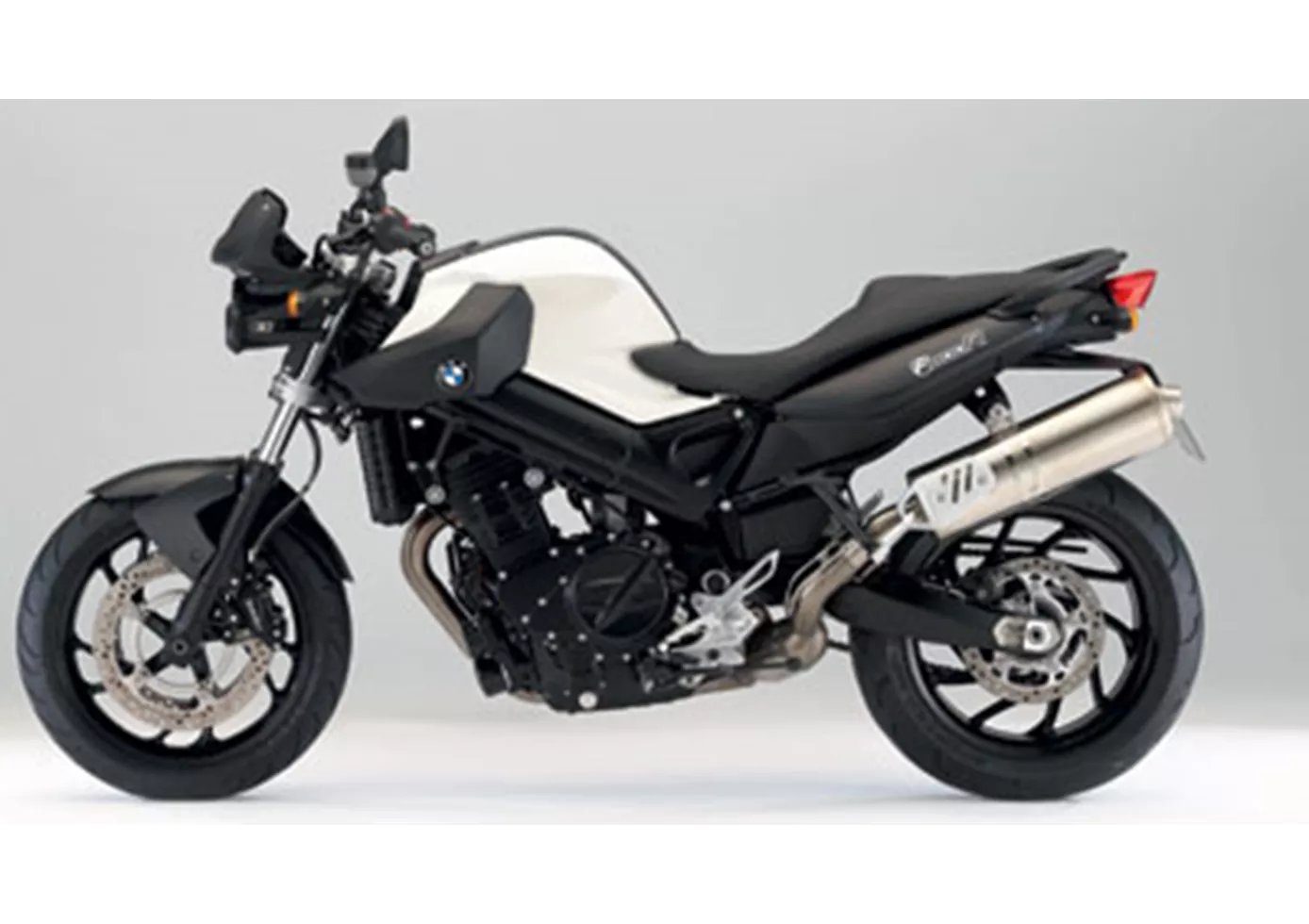
In the advertisements, the new BMW F 800 R sometimes comes across as a woman's motorbike. This does not do the bike an injustice, but the civilised engine, the low seat height and the smooth controls certainly suit petite ladies.
Suzuki SV 650 2017

The Suzuki SV 650 is accompanied by a long history of success that is sure to continue for a long time. Its supple V2 impresses with very smooth response and plenty of torque. Compact dimensions help to make the motorbike look very compact. This will be very convenient for beginners. The chassis also scores with playful handling. Unfortunately, the braking effect is not at the level one would expect from such a powerful vehicle.
Price Comparison Avarage Market Price BMW F 800 R vs Suzuki SV 650
There are a few key differences between a BMW F 800 R 2009 and a Suzuki SV 650 2017. It takes less time to sell a BMW F 800 R with 58 days compared to 112 days for a Suzuki SV 650. Since model year 2009 1000PS.de editors have written 20 reviews for the BMW F 800 R and 25 reviews for the Suzuki SV 650 since model year 2005. The first review for the BMW F 800 R was published on 10/10/2008 and now has more than 8,900 views. This compares to more than 14,200 views for the first review on Suzuki SV 650 published on 9/26/2008.


